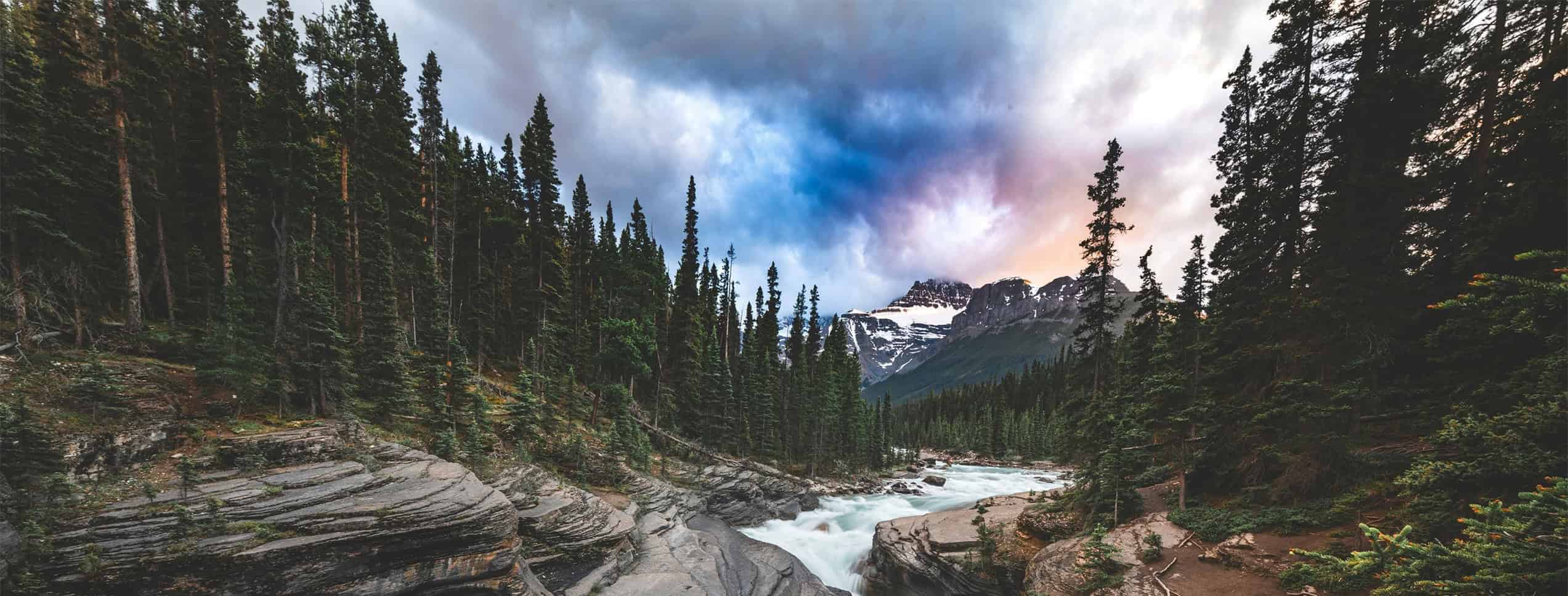Overview
Drilling is the foundation of oil and gas production, so a thorough understanding of its processes is essential. Whether you're starting in the industry or an oil and gas professional seeking to refine your knowledge of drilling operations, this course provides the essential concepts and technical insights you need.
In this technical overview course, you’ll explore key industry topics, including drilling equipment, survey systems, well control, casing design, and horizontal drilling. You’ll gain insight into critical concepts that drive safe and efficient operations, including blowout prevention, cementing techniques, and drilling fluid functions. Additionally, you’ll examine these topics in the broader context of the Canadian oil and gas industry, covering mineral and surface rights, regulatory processes, and well evaluation methods.
With a focus on real-world industry applications, this course equips you with an understanding of the principles, tools, and technologies behind oil and gas drilling.
This course is ideal if you:
- need to understand drilling rig components, well control, and casing design to enhance your technical expertise
- are involved in regulatory, engineering, or safety roles and require insight into drilling processes and best practices
- want to strengthen your industry knowledge to support career growth in oil and gas exploration and production.
Upon successful completion of this course, you'll be able to:
- describe the Canadian gas and oil industry at a high level
- describe the survey systems used in Western Canada
- identify and discuss the principles and applications of drilling rigs
- define the functions and components of drilling rigs
- define different types of drill bits and their applications
- describe different tubulars and bottom hole assemblies used in an oil and gas well
- identify the different types of drilling fluids and explain their functions
- describe the importance of well control and different blowout prevention systems
- discuss casing design and cementing
- define fishing and describe various well evaluation methods
- discuss directional and horizontal drilling
To request a course outline, contact ConEdAdvising@sait.ca.
Upcoming dates
Select an available section and add it to your cart. When you're ready, proceed to check out to sign into your student account and complete your registration.
Don't have a student account? Let's set one up!
Registration closes seven days before the start date for on-campus, online scheduled, and blended courses, and one day before the start date for online self-paced courses.
After you've completed this course
Upon successful completion of this course, you'll be able to self-print a proof of completion document from your Continuing Education student account.
Costs
Technology
To be successful in this course, you’ll need:
- Access to your own computer or laptop with standard hardware/software requirements.
- Internet access
A functional webcam and microphone are recommended to allow for a more collaborative learning experience.
Financial support
Financial opportunities are available to help pay for your course fees. Learn more about how to reduce your education or training costs with available awards, bursaries, loans and grants, including the Canada Alberta Productivity Grant.
Applicable certificates
This course applies to the following certificate programs:

Train your team
Interested in group training opportunities for this course? Tell us about your organization's needs, and one of our training consultants will contact you within one business day.

Oki, Âba wathtech, Danit'ada, Tawnshi, Hello.
SAIT is located on the traditional territories of the Niitsitapi (Blackfoot) and the people of Treaty 7 which includes the Siksika, the Piikani, the Kainai, the Tsuut’ina and the Îyârhe Nakoda of Bearspaw, Chiniki and Goodstoney.
We are situated in an area the Blackfoot tribes traditionally called Moh’kinsstis, where the Bow River meets the Elbow River. We now call it the city of Calgary, which is also home to the Métis Nation of Alberta.